Questioni have a russian tortoise. I keep him in a tank with the proper lighting. i'd like to know if it would be OK to make an enclosure outside for him during the summer, and if so what subtrate i should use. In his tank I use bark chips or what ever it is that the pet shop sells for tortioses. Also how often should I soak him?
thank you for your help
AnswerHi Kate,
By all means get your tortoise outside! Russians do very well in outside pens--just make sure the walls are high enough that he can't climb out, and that he can't dig out. You'll also need to cover the pen if you have predators, or bring him inside or put him in a shelter at night. If you build a fairly large enclosure (I'd do 6' x 6' minimum), you can plant it with weeds and edible plants and he can graze for himself. My adults live in a large outdoor planted pen and I don't feed them at all. Just put plain topsoil in, or use a mix of coir (bed-a-beast) and playsand.
When he's inside, please get him out of the tank. Tanks are not suitable for tortoises--they're too small, and it's hard to establish a good temperature gradient in them. At the least, put him in a 50 gallon rubbermaid bin, although I think that's still much too small for a tortoise to spend much time in. You can build a tortoise table, or use an old bookcase turned on its back; anything that's open and roomy. Substrate should be the mix of coir and playsand, kept slightly damp to keep the humidity up and prevent dehydration. What the pet shop sells as suitable for tortoises usually isn't--those ground walnut shells, for example, are highly dangerous to all reptiles and yet are sold as an ideal substrate (grrrr).
Soak him 2-3 times a week, but also make sure he has a water dish big enough to get into and soak himself if he wants. Dehydration is often an issue with Russians kept inside. You can monitor this by watching his urates (the "white stuff," which is the solid part of their pee)--if they're soft and creamy, he's well-hydrated, but if they're dry and gritty, he's dehydrated and needs more soaking. Keeping the substrate a little damp helps with hydration, too.
You can get more care information at www.russiantortoise.org. Good luck!

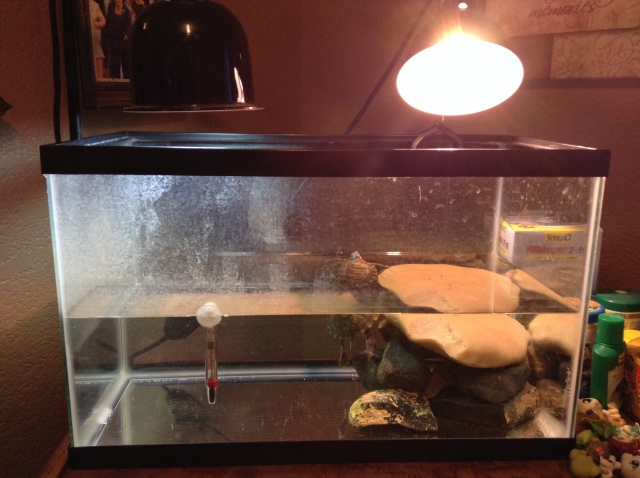 Red Eared slider in shock
QuestionQUESTION: I just cleaned my turtle cage today w
Red Eared slider in shock
QuestionQUESTION: I just cleaned my turtle cage today w
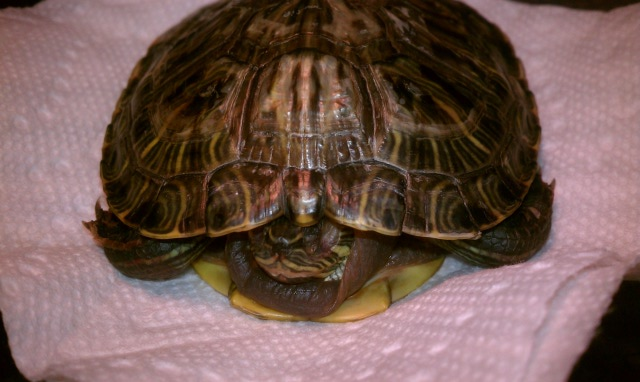 RES turtle being treated for Septicemia
QuestionQUESTION: Hello,
I have a RES turtle being tre
RES turtle being treated for Septicemia
QuestionQUESTION: Hello,
I have a RES turtle being tre
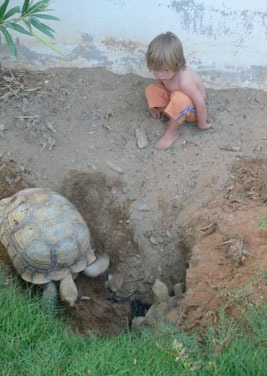 sulcata tortoises
QuestionQUESTION: I have two 11 year old sulcata tortoi
sulcata tortoises
QuestionQUESTION: I have two 11 year old sulcata tortoi
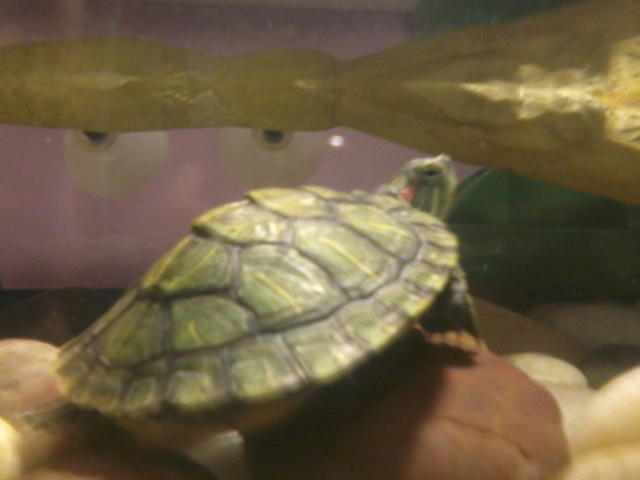 Pinkish worms in my red eared sliders stool
Question
My red eared slider
So just two days ago i saw
Pinkish worms in my red eared sliders stool
Question
My red eared slider
So just two days ago i saw
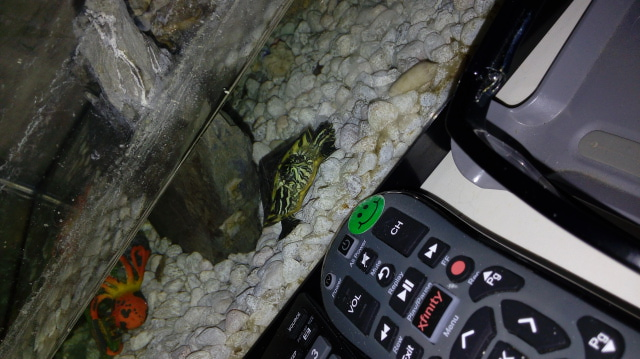 Yellow Bellied Slider Turtle
QuestionQUESTION: I got a baby Yellow Bellied slider tu
Yellow Bellied Slider Turtle
QuestionQUESTION: I got a baby Yellow Bellied slider tu